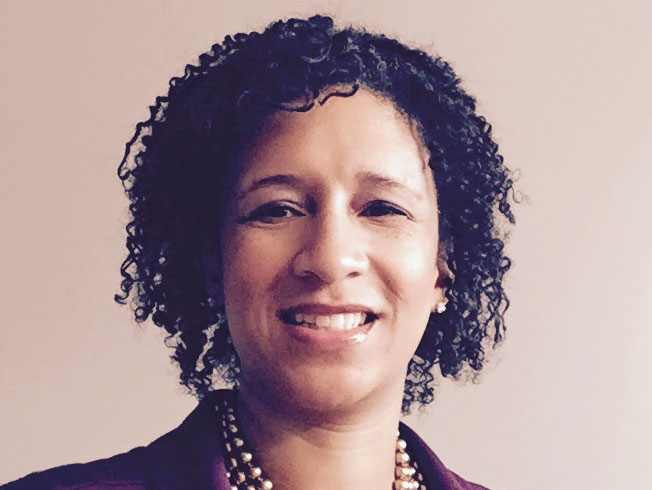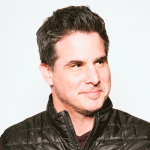Sandra Mathis Interview

Sandra Mathis, CX Design Lead, Customer Experience Director, Strong-Bridge Envision
Tell us a little about your background in CX. How did you get started in Customer Experience?
I have always been innately curious about people. There are obviously a lot of paths you can take when you’re interested in people. But, I had my dad’s voice nagging me in the back of my brain, “Choose something you can get a real job with.” In the end, I fell into marketing and research in college. It was a natural fit— it’s all about understanding people and their choices. My first paid research gig while in college was a feasibility study for the American Legion of Janesville, Wisconsin. It was a really interesting study, and I fell in love with research. Since then, I have worked for marketing agencies and consultancies, and for brands— including Kraft, PepsiCo, Georgia Pacific (owner of Angel Soft and Quilted Northern Bath Tissue brands), Kantar’s TNS, and Equifax. My continued curiosity about people is what evolved my career from research to customer experience, starting with Equifax.
What do you think are common career paths? Was yours common?
I tend to think today there are two primary paths to Customer Experience: Research and Operations. So, you’re either trying to understand the customer behavior better to improve their experience or use your understanding of the customer journey to create important operational efficiencies. Either way, I think the only way you’ll be successful is if you are truly curious about people.
How would you define Customer Experience?
I define it as the intersection of where people, products and/or services interact with customer. It begins when a customer begins to learn about a company, continues as the customer continues across the lifecycle of their product and/or service interaction; and when the customer’s interaction ends – but in reality, the process doesn’t end, but simply begins again – unless the customer no longer has a need for the product or service.
What would you say is the biggest challenge in providing excellent customer experiences?
Spending most of your time on low hanging fruit. We often tell people to pick off some of the low hanging fruit, because it lets you make some progress immediately and gain buy in on ongoing Customer Experience efforts. However, you can’t let it be the only place you spend your time. Instead, grab some low hanging fruit, and, if you can, simultaneously tackle something a little higher – and little tougher – and then go back down for another low hanging fruit. This is really important, because your customers have expectations. If they see you tackle one thing, they’ll expect something bigger is next — “Okay, that fixed that, now the big thing I wanted is probably next.” When it isn’t, they get frustrated. It’s related to what I call “microwave culture.”
Microwave culture?
Well, it’s really just my own theory. We have this need for instant gratification. You hear about this all the time today, but it started a long time ago … with the microwave. Microwaves had widespread household use by the early to mid 80s and changed the game for meal time. TV dinners were available, but you still had to stick them in your oven for 45 minutes. The microwave let you cut your cook time down to just a few minutes. Ever since then, our appetite (pun intended) for waiting has closed in a bit more every year. So, your customers don’t understand that changes in your organization are often big, chewy, time consuming tasks. They just want to see you fix things, fast. So, sure grab some low hanging fruit, but be sure to reach a little higher and fix those bigger issues too; or your customers will get antsy.
What advice would you give to professionals looking to get into the customer experience field? (e.g. Field of study, How do they get experience?)
Learn from others who are in this space – what challenges have they faced for their organizations or their clients and how did they approach it to resolve it and what obstacles did they encounter along the way. Be curious about people and processes. It’s important to be interested in this puzzle of people and how as customers to meet their needs and then work towards exceeding them.
What are some things that you feel will have the biggest impact on customer experiences in the next 5 years?
The following areas come to mind:
– The balance of making things “easier” for customers to interact with you.
– The role of how to effectively use AI, while not losing the human connection.
– Improving digital and speed to do business
Any final words of wisdom or advice related to CX
Acknowledge that a strong employee culture should be a part of your strategy. A solid CX strategy helps top “reach across the aisle.” We encourage employee engagement, and the involvement of disparate teams to create these overarching strategies. Often, these teams realize they share common goals, and the work that is being done in one team has a big impact on another. That is where the magic happens!





